When people think of Germany, cities like Berlin, Munich, and Hamburg often steal the spotlight. Yet beyond these famous metropolises lies a treasure trove of lesser-known cities bursting with unique charm and authentic German culture. These hidden gems offer visitors a chance to experience the real heart of Germany, away from the typical tourist crowds and usual attractions. From medieval towns frozen in time to modern cultural hubs, these overlooked destinations tell fascinating stories that deserve to be heard.
Let’s take a road trip through some of Germany’s best-kept secrets, where local traditions and warm hospitality await curious travelers. These places might not appear in most travel guides, but that makes them special.
Bamberg
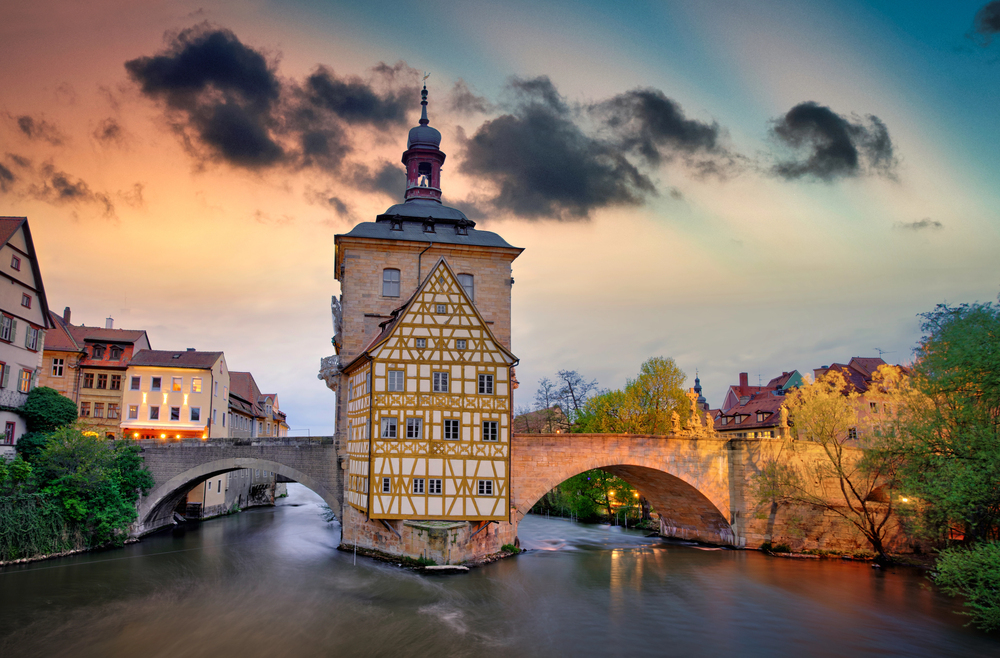
This Bavarian beauty sits on seven hills, much like Rome, but comes with its special twist. The entire old town is a UNESCO World Heritage site, home to stunning buildings that survived World War II completely intact.
The city’s specialty is its unique smoked beer, brewed by centuries-old breweries that still use traditional methods passed down through generations. Visitors can wander through its perfectly preserved medieval streets, where every corner feels like stepping into a fairytale book.
Lübeck
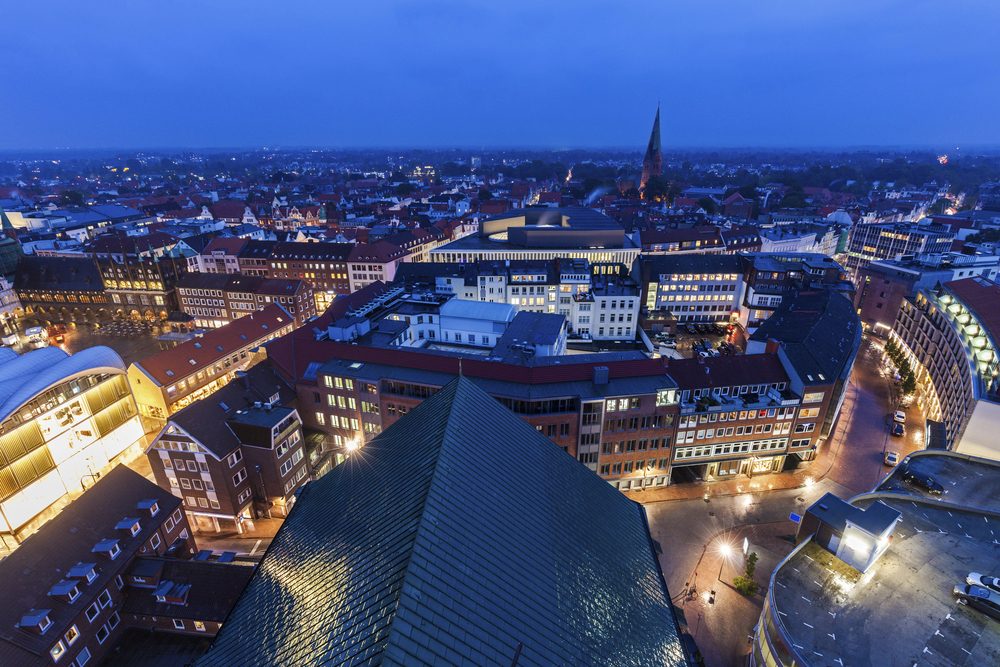
Known as the Queen of the Hanseatic League, Lübeck keeps its medieval trading glory alive through its distinctive architecture and marzipan-making tradition. The city’s famous Holstentor gate proudly symbolizes its historic importance and has become one of the most photographed landmarks in northern Germany.
Local cafes serve the best marzipan treats in the world, made using recipes that date back hundreds of years. The old town’s narrow streets tell stories of wealthy merchants and brave sailors who once made this port city their home.
Like Travel Pug’s content? Follow us on MSN.
Heidelberg
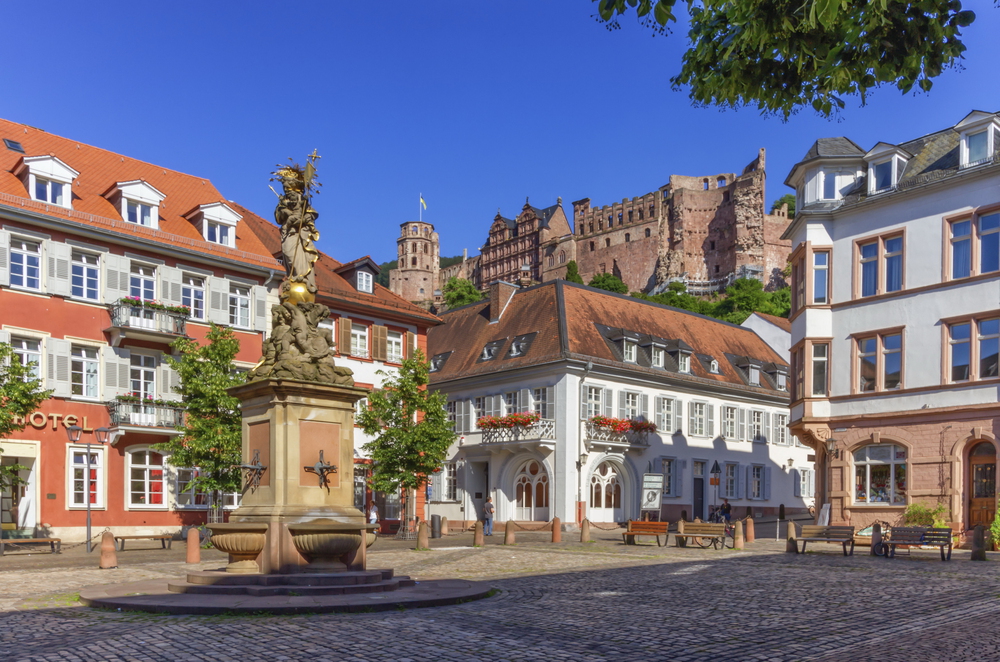
Beyond its world-famous university, Heidelberg charms visitors with its romantic riverside setting and hilltop castle ruins. Students from around the globe bring vibrant energy to the cobblestone streets, where age-old traditions mix with youthful spirit.
The city’s ancient bridge and iconic towers offer stunning views of the Neckar River valley that inspired countless poets and artists. Local wine taverns serve regional specialties while sharing tales of the Student’s Kiss, a chocolate treat that sparked countless love stories.
Regensburg
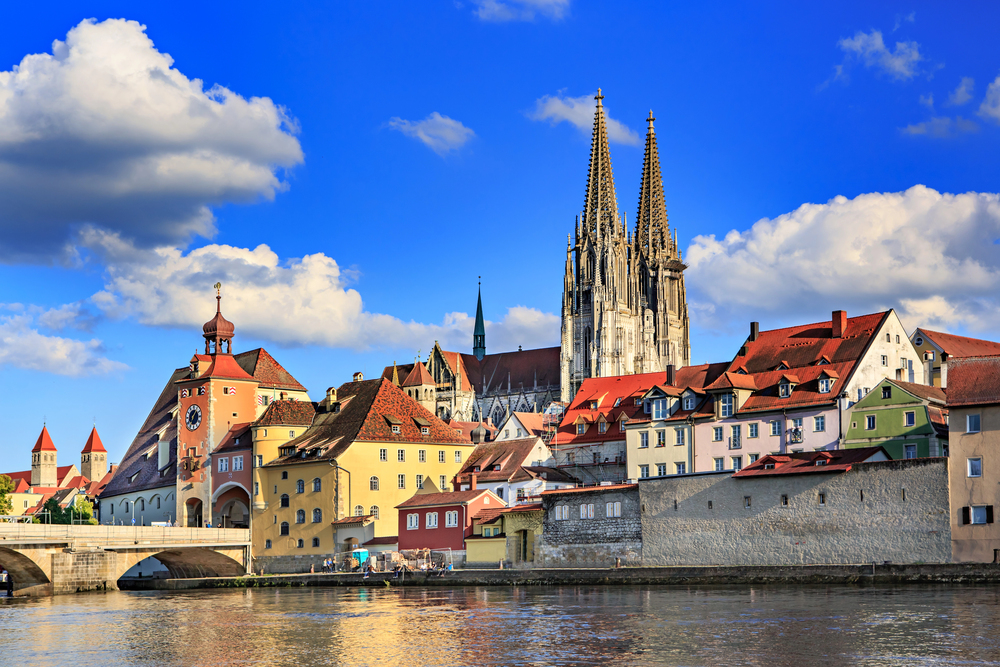
This Danube gem boasts Europe’s best-preserved medieval city center, where every building tells a story from the past. The Stone Bridge, built in the 12th century, still stands strong as a masterpiece of medieval engineering.
The historic Sausage Kitchen near the bridge has been serving hungry travelers since 1146, making it one of the oldest restaurants in the world. The city’s winding alleys reveal hidden courtyards and ancient Roman ruins that remind visitors of its 2,000-year history.
Erfurt
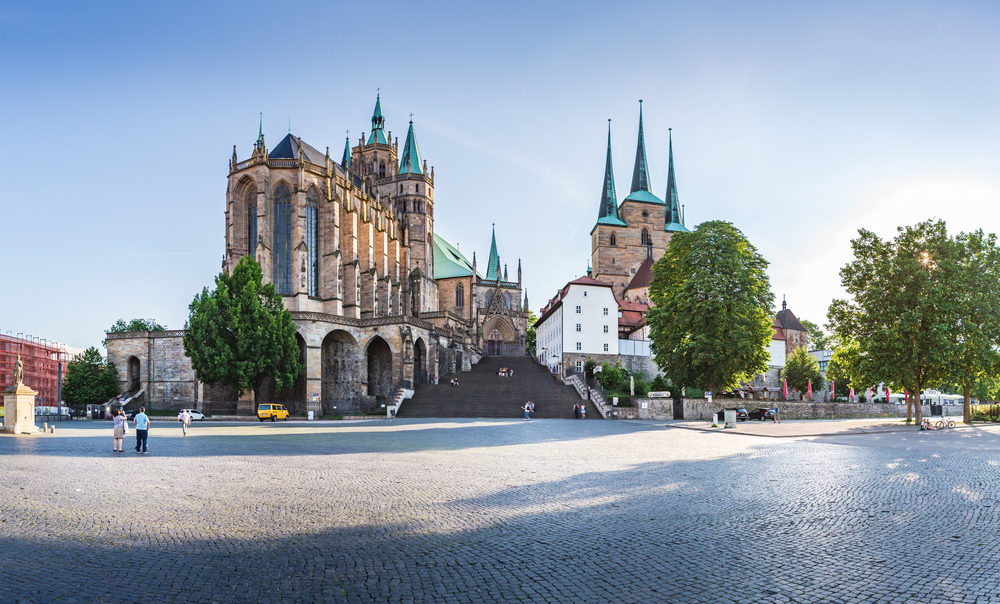
Medieval merchants made their fortunes here, leaving behind architectural treasures like the unique Merchant’s Bridge, lined with inhabited half-timbered buildings. The city served as Martin Luther’s spiritual home, where he studied and later became a monk at the Augustinian Monastery.
Its Jewish heritage stands preserved in the Old Synagogue, containing Europe’s oldest and largest collection of Jewish treasures. Crowned by two churches, the cathedral hill creates a skyline that looks straight out of a medieval painting.
Like Travel Pug’s content? Follow us on MSN.
Görlitz
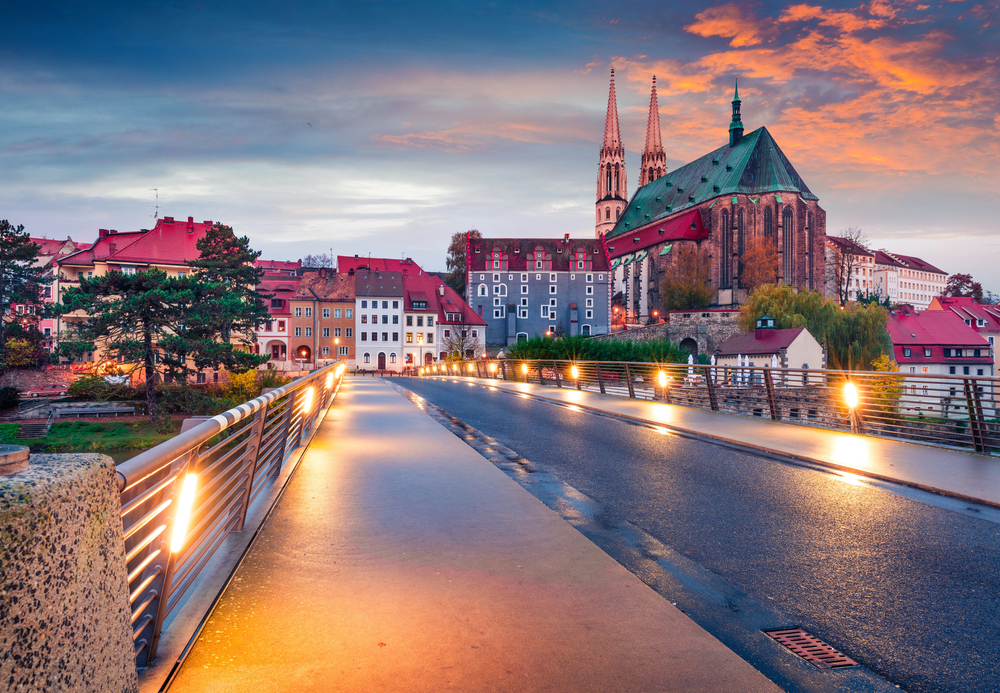
Sitting on the Polish border, this architectural wonderland has starred in numerous Hollywood films thanks to its perfectly preserved buildings. The city escaped damage during World War II, leaving behind a stunning collection of 500-year-old architecture.
Local artisans still practice traditional restoration techniques, keeping the city’s historic charm authentic and alive. The famous Görlitzer Park is a meeting point between German and Polish cultures, creating a unique blend of traditions.
Trier
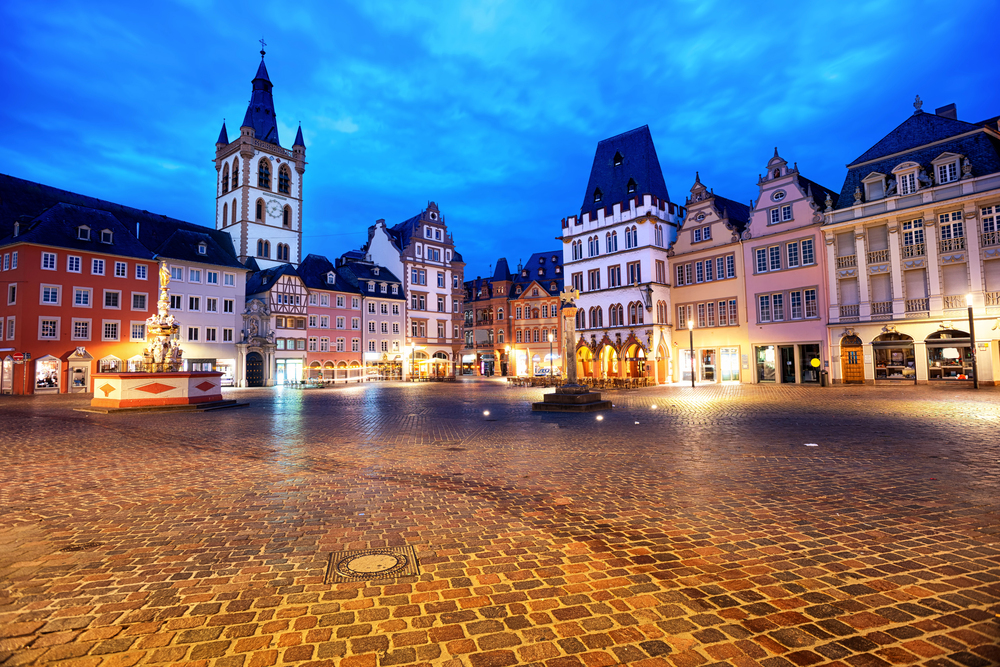
Germany’s oldest city proudly displays its Roman heritage through impressive structures like the Black Gate and the Imperial Baths. Wine lovers flock to its riverside vineyards, where some of Germany’s best Rieslings grow on steep slate slopes.
The birthplace of Karl Marx now houses a fascinating museum that tells the story of one of history’s most influential thinkers. Ancient Roman ruins stand alongside medieval churches, creating a timeline of European history in stone.
Schwerin
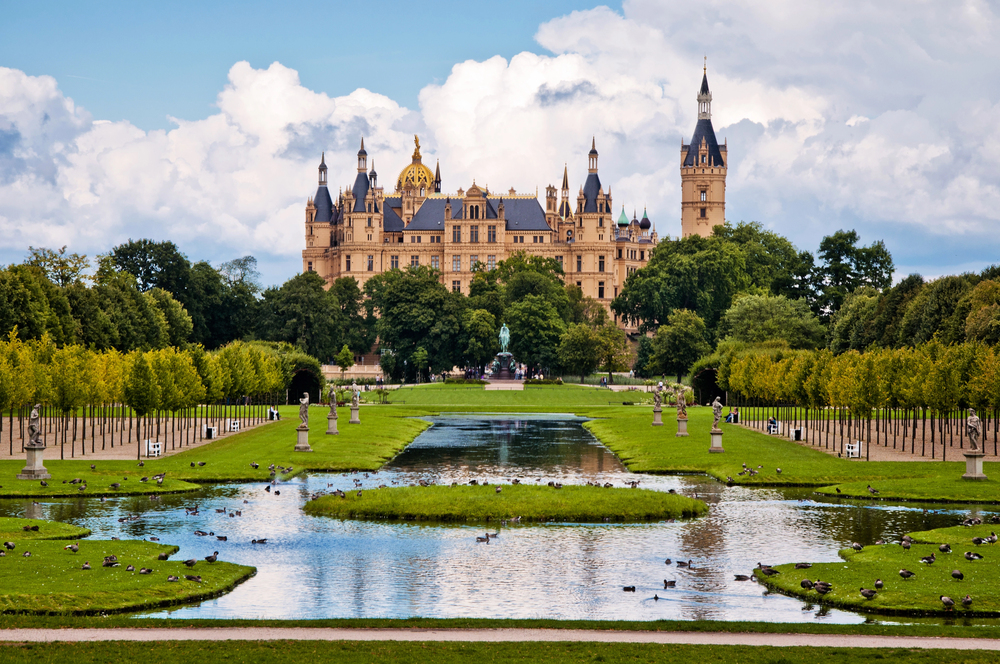
A fairy-tale castle on an island serves as this city’s parliament building, making it Germany’s most beautiful seat of government. Located between seven lakes, Schwerin offers visitors a perfect blend of nature and culture.
The city’s gardens rank among Germany’s finest, with perfectly manicured lawns and exotic plants worldwide. Local legends tell of a small castle ghost named Petermännchen, who protects the castle and its treasures.
Like Travel Pug’s content? Follow us on MSN.
Freiburg
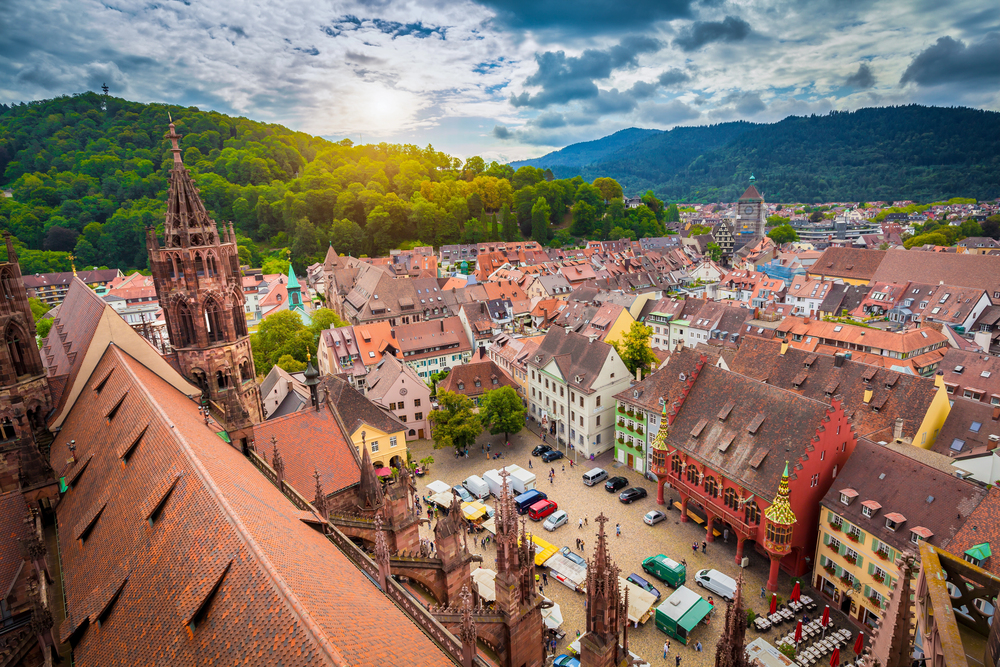
This sunny city in the Black Forest enjoys more hours of sunshine than any other German city, earning its reputation as the country’s ecological capital. Students and scientists mix in street cafes while discussing renewable energy and sustainable living.
The famous Bächle, tiny water channels running through the old town, once helped fight fires and keep the streets cool. Local markets showcase the best of Black Forest cuisine, from famous ham to cherry cake.
Würzburg
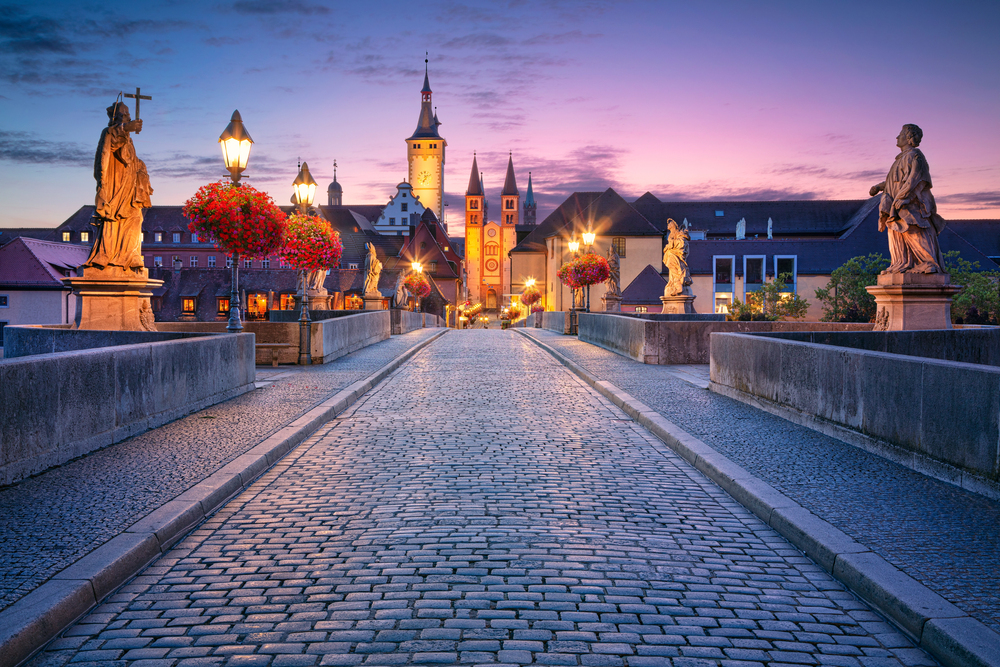
The Prince-Bishops left their mark here with the stunning Residence Palace, a UNESCO World Heritage site that rivals Versailles in grandeur. Local vineyards produce some of Franconia’s finest wines, served in distinctive flat, round bottles called Bocksbeutel.
The old Main Bridge offers perfect views of the hilltop fortress while serving as a gathering spot for wine enthusiasts. Artists and musicians find inspiration in the baroque architecture and riverside setting.
Augsburg
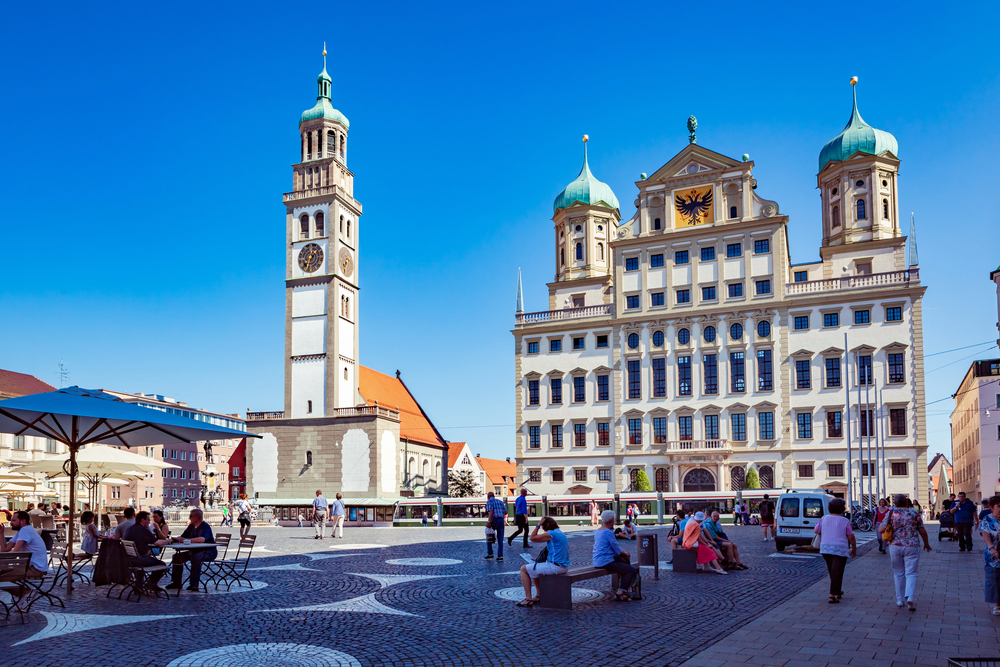
As one of Germany’s oldest cities, Augsburg combines Roman history with Renaissance splendor and modern innovation. The Fuggerei, founded in 1516, remains the world’s oldest social housing complex, with rent costing less than one euro per year.
Water towers and canals from the Middle Ages showcase the city’s early engineering prowess. The puppet theater tradition continues to delight visitors of all ages with its magical performances.
Like Travel Pug’s content? Follow us on MSN.
Lüneburg
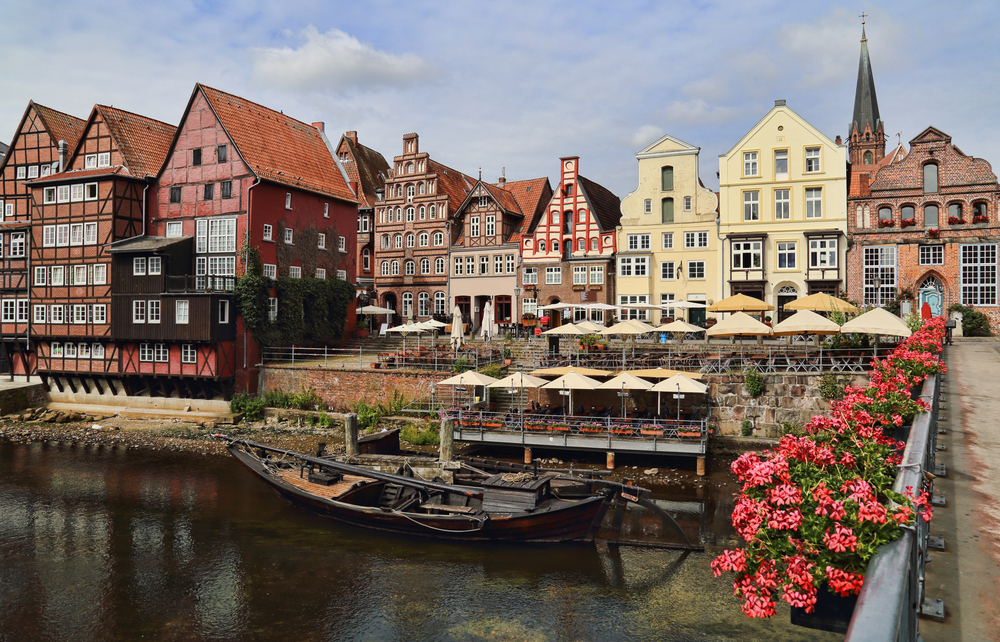
Once wealthy from the salt trade, this Hanseatic town’s crooked buildings tell tales of ground settling from ancient salt mines below. The water quarter features historic loading cranes that once transferred precious salt onto trading ships.
Medieval brewhouses now serve as restaurants and museums, preserving their distinctive architectural features. The town’s salt museum explains how this ‘white gold’ shaped the region’s history and architecture.
Passau
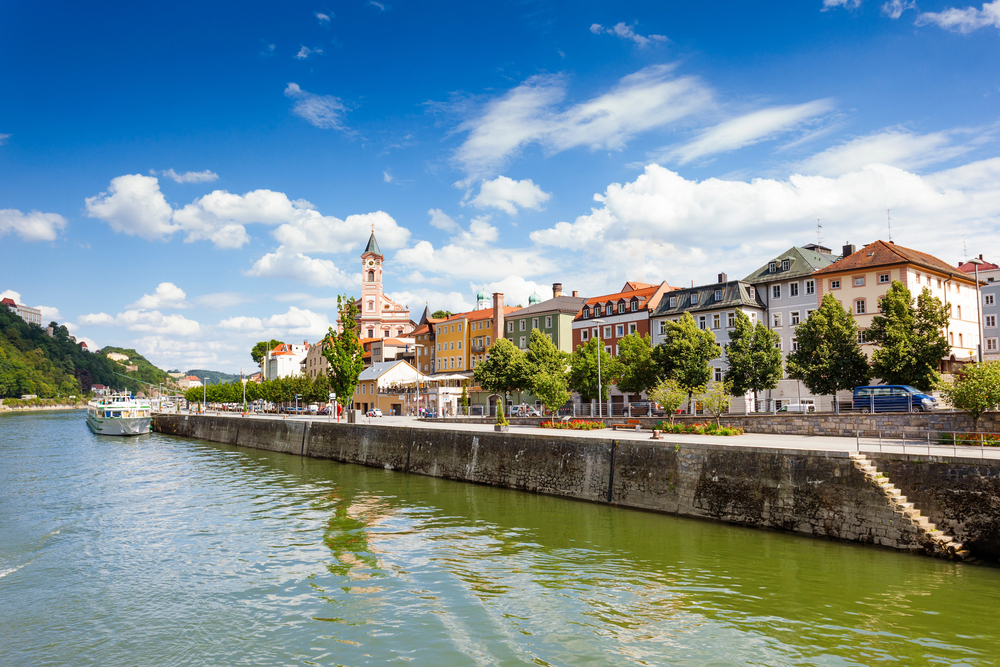
Three rivers meet in this baroque city, creating a unique maritime atmosphere in the heart of Bavaria. The world’s largest cathedral organ fills St. Stephen’s Cathedral with music during regular concerts.
River cruises offer stunning views of the city’s Italian-inspired architecture and hilltop fortress. Local glass artisans continue centuries-old traditions in their workshops, creating unique pieces for visitors.
Weimar
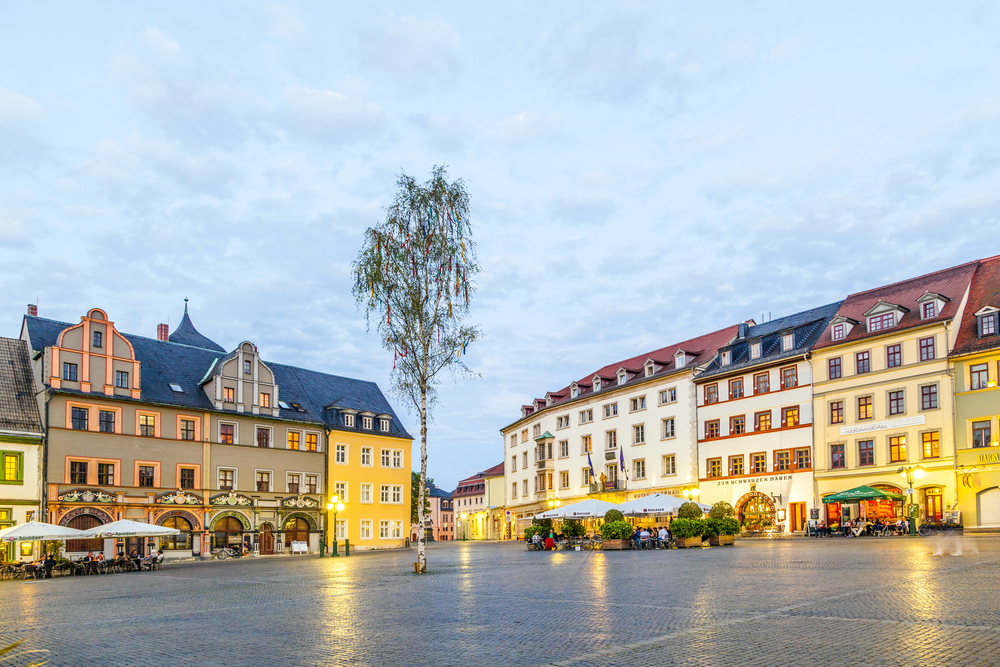
Culture lovers flock to this small city where giants of German literature like Goethe and Schiller once lived and worked. The Bauhaus movement began here, revolutionizing architecture and design worldwide.
Despite its size, Weimar hosts world-class museums celebrating German art and innovation. Parks and gardens designed by famous landscape architects provide peaceful retreats throughout the city.
Like Travel Pug’s content? Follow us on MSN.
Marburg
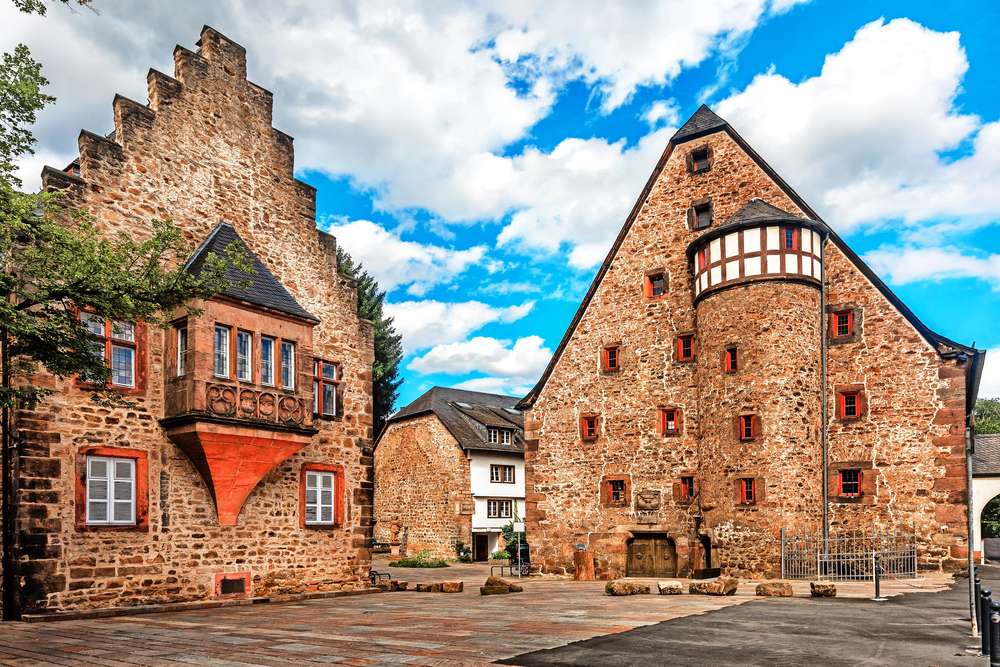
This university town climbs steep hills where students have hurried to lectures for nearly 500 years. The Brothers Grimm collected many fairy tales while studying at the university.
Medieval steps called ‘Schlendrians’ help pedestrians navigate the city’s vertical challenges. The castle on the hilltop offers panoramic views of the Lahn Valley and its surrounding forests.
Goslar
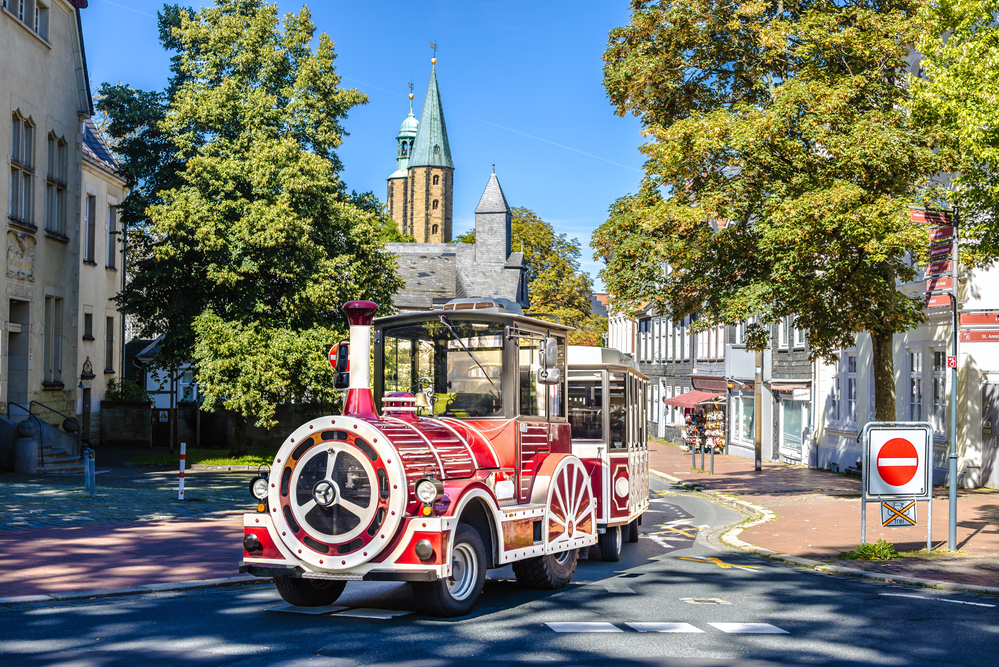
The discovery of silver in nearby mines made this UNESCO World Heritage site one of medieval Germany’s most important cities. The imperial palace is a reminder of when emperors ruled from this mountain town.
Perfectly preserved half-timbered houses create postcard-perfect streets throughout the old town. The nearby Harz Mountains provide outdoor adventures for nature enthusiasts.
Stralsund
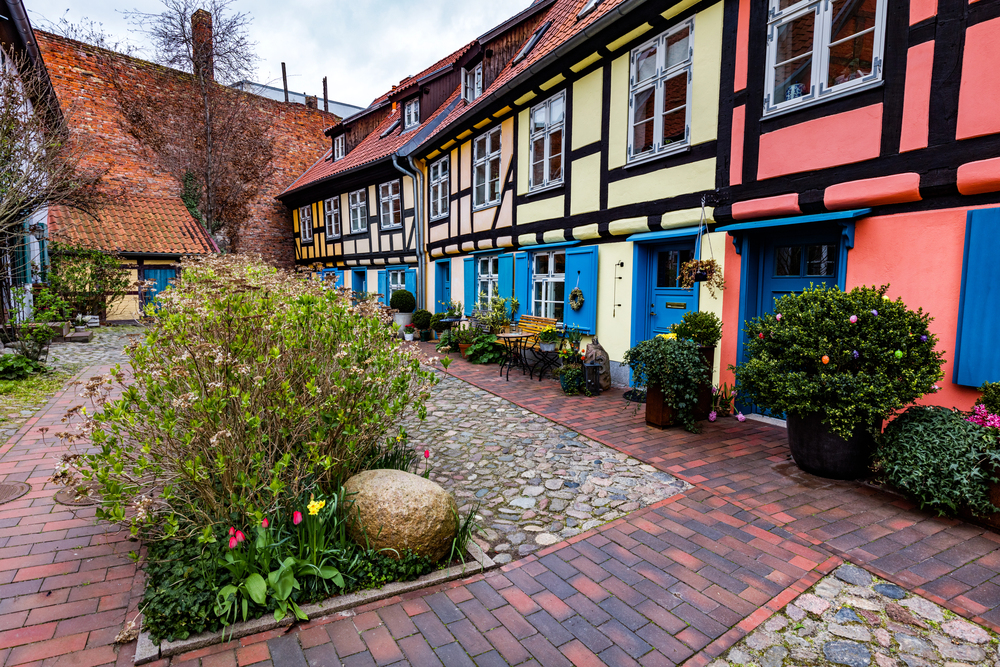
Surrounded by water, this Hanseatic city boasts distinctive brick Gothic architecture that reflects its maritime trading past. The Ozeaneum aquarium brings Baltic Sea life up close while educating visitors about marine conservation.
Historic sailing ships dock in the harbor, recalling the city’s seafaring heritage. The old town island packs centuries of history into its narrow streets and merchant houses.
Like Travel Pug’s content? Follow us on MSN.
Quedlinburg
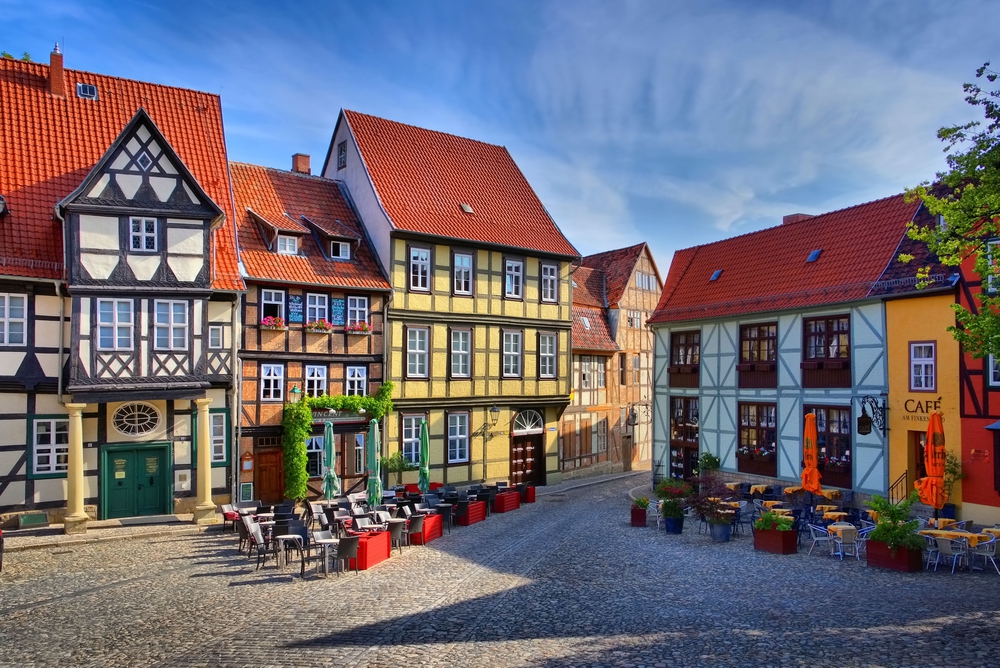
Time has stopped in this town of 1,300 half-timbered houses spanning six centuries of architectural history. The abbey church treasury contains priceless artifacts from medieval German history.
Local artisans still practice traditional crafts in workshops that have operated for generations. The castle hill offers views across a sea of red-tiled roofs that haven’t changed much since medieval times.
Celle

More than 400 half-timbered houses make this one of Germany’s most picturesque old towns. The castle represents the oldest building of the House of Hanover, which later ruled Great Britain.
Modern art galleries and theaters bring contemporary culture to historic settings. The French Garden provides a beautiful example of baroque landscape design.
Bad Münstereifel
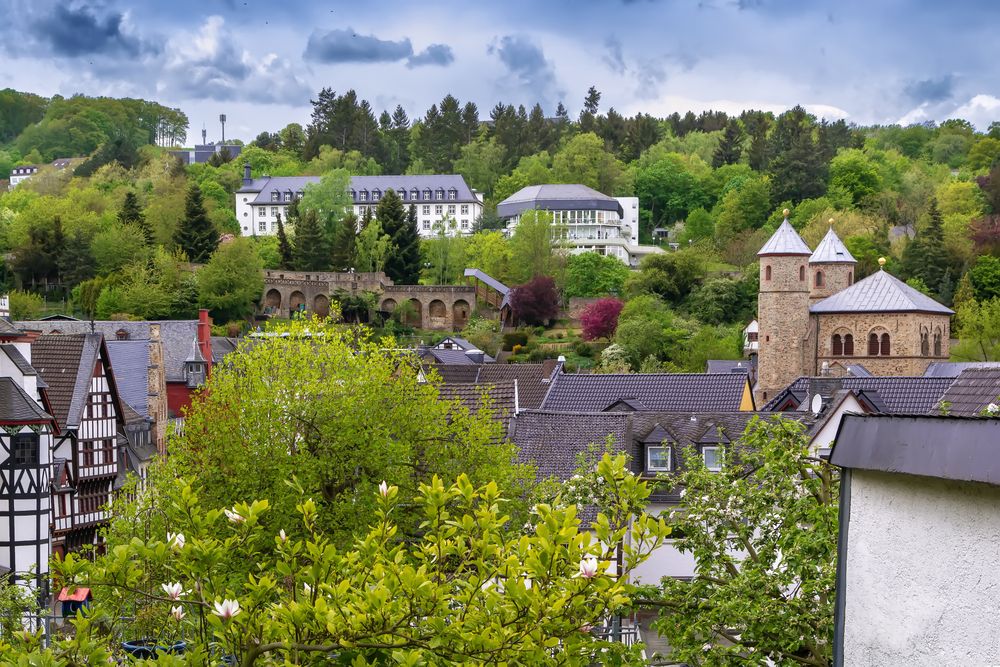
This spa town’s medieval walls still encircle a perfectly preserved old town filled with traditional shops and cafes. Natural hot springs have attracted visitors seeking wellness treatments since Roman times.
The surrounding Eifel region offers excellent hiking and cycling opportunities through volcanic landscapes. Local restaurants serve Eifel specialties made from recipes passed down through generations.
Like Travel Pug’s content? Follow us on MSN.
Tales That Time Forgot

These cities remind us that Germany’s story goes far beyond its famous capitals and tourist hotspots. Each cobblestone and crooked building holds memories of when merchants ruled the streets and emperors wandered these same paths.
While visitors flock to better-known destinations, these hidden treasures continue their centuries-old traditions, welcoming those curious enough to venture off the beaten path. As modern life rushes forward, these places preserve a piece of Germany’s soul, offering authentic experiences that feel refreshingly real in our fast-paced world.
More from Travel Pug

- 20 Towns Built for One Purpose That Were Later Abandoned
- 15 Hidden Spots in Disney World’s Magic Kingdom Most Visitors Miss
- 15 Most Scenic Walks Anywhere in The World
- 15 Canyons in the U.S. That Are Just as Stunning as the Grand Canyon
- 10 Under-the-Radar Mountain Towns That Are Both Affordable and Beautiful
Like Travel Pug’s content? Follow us on MSN.
